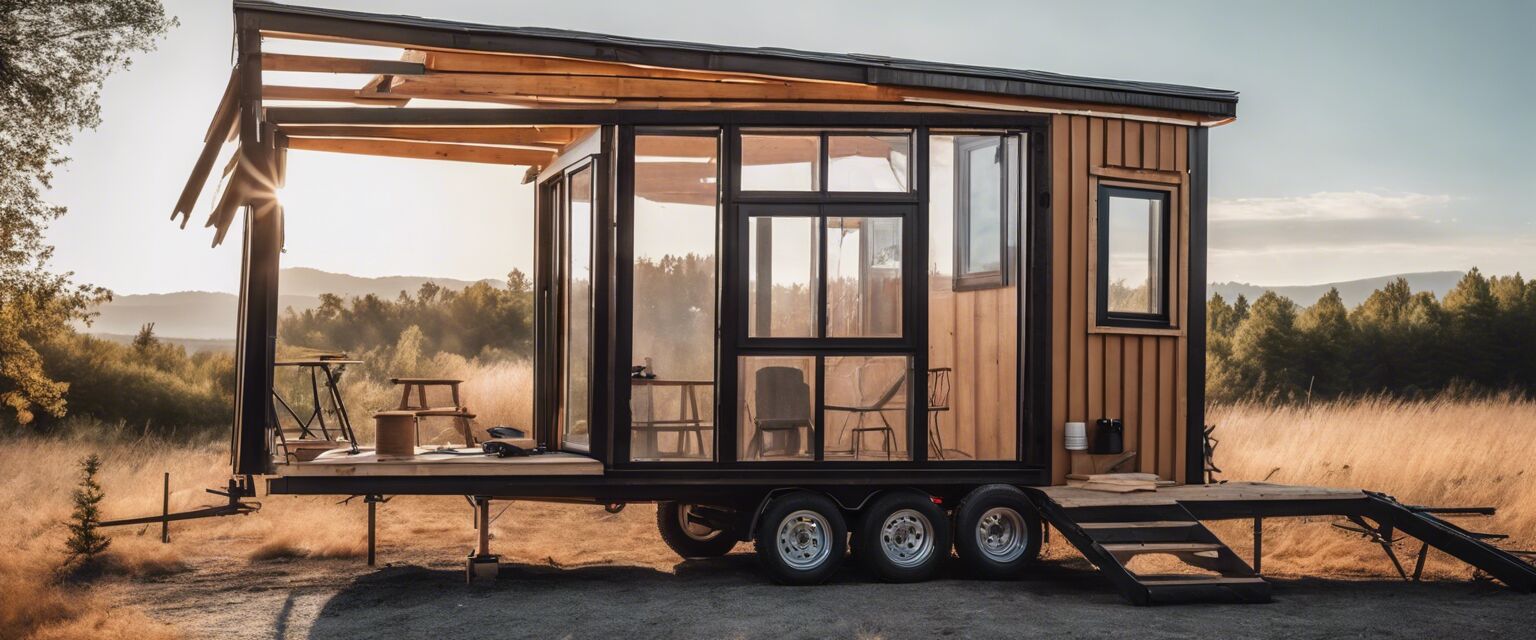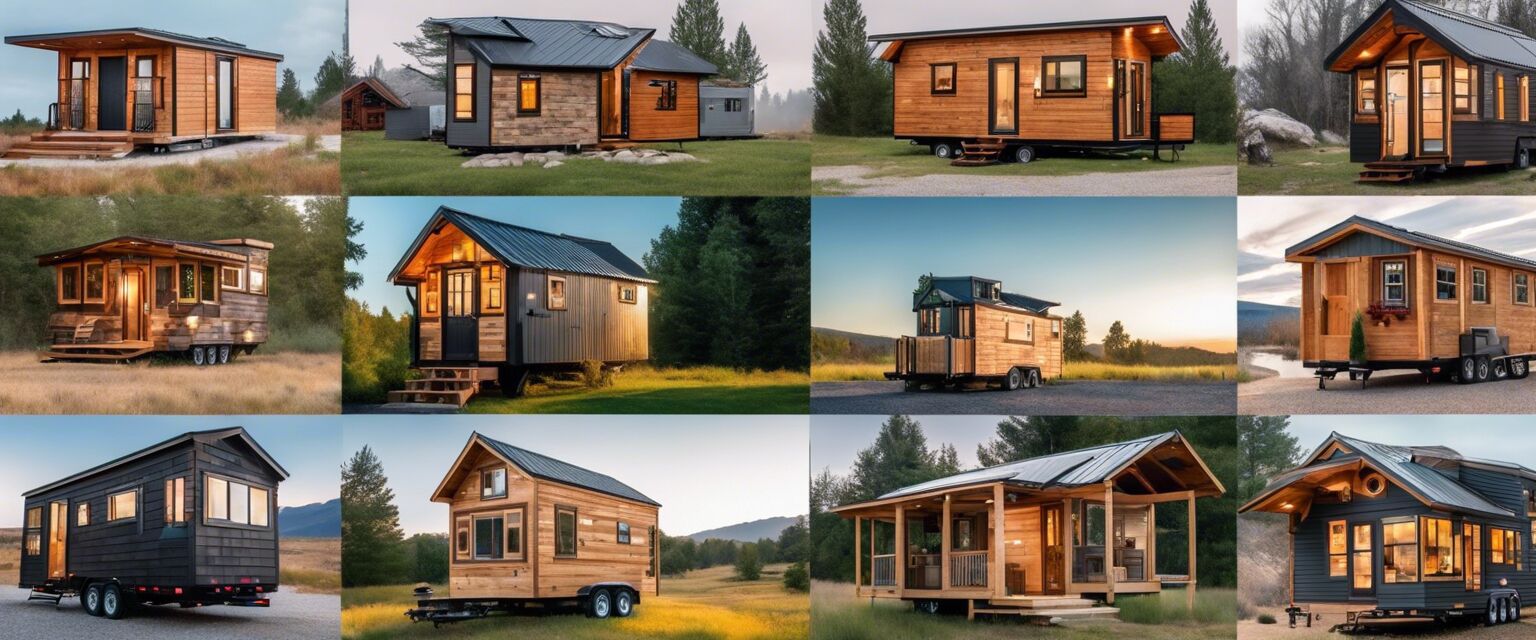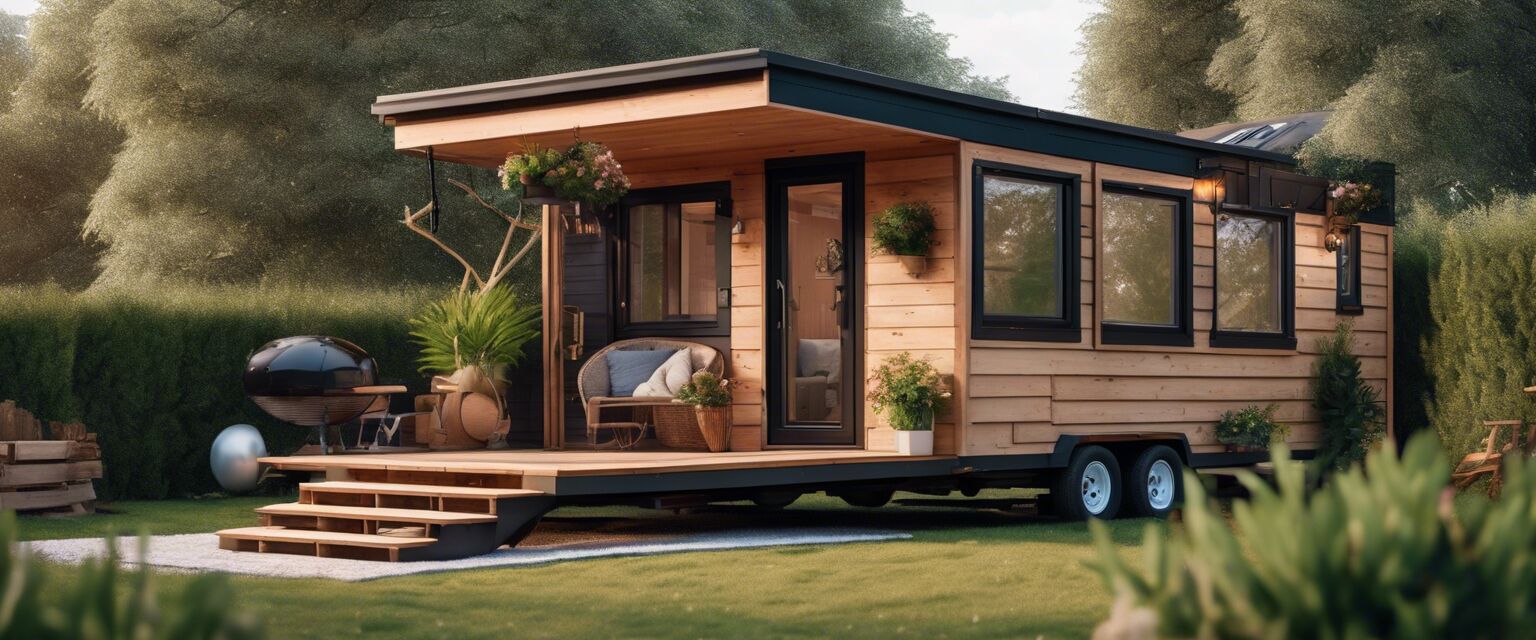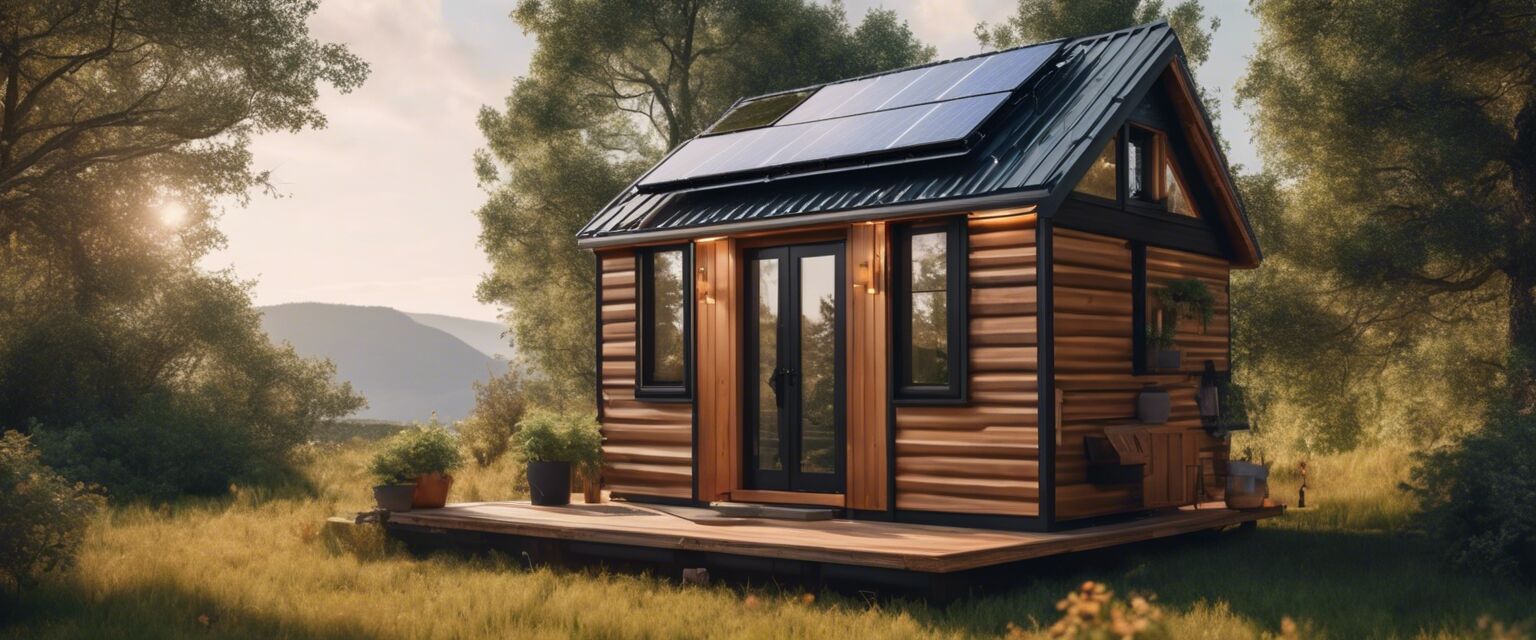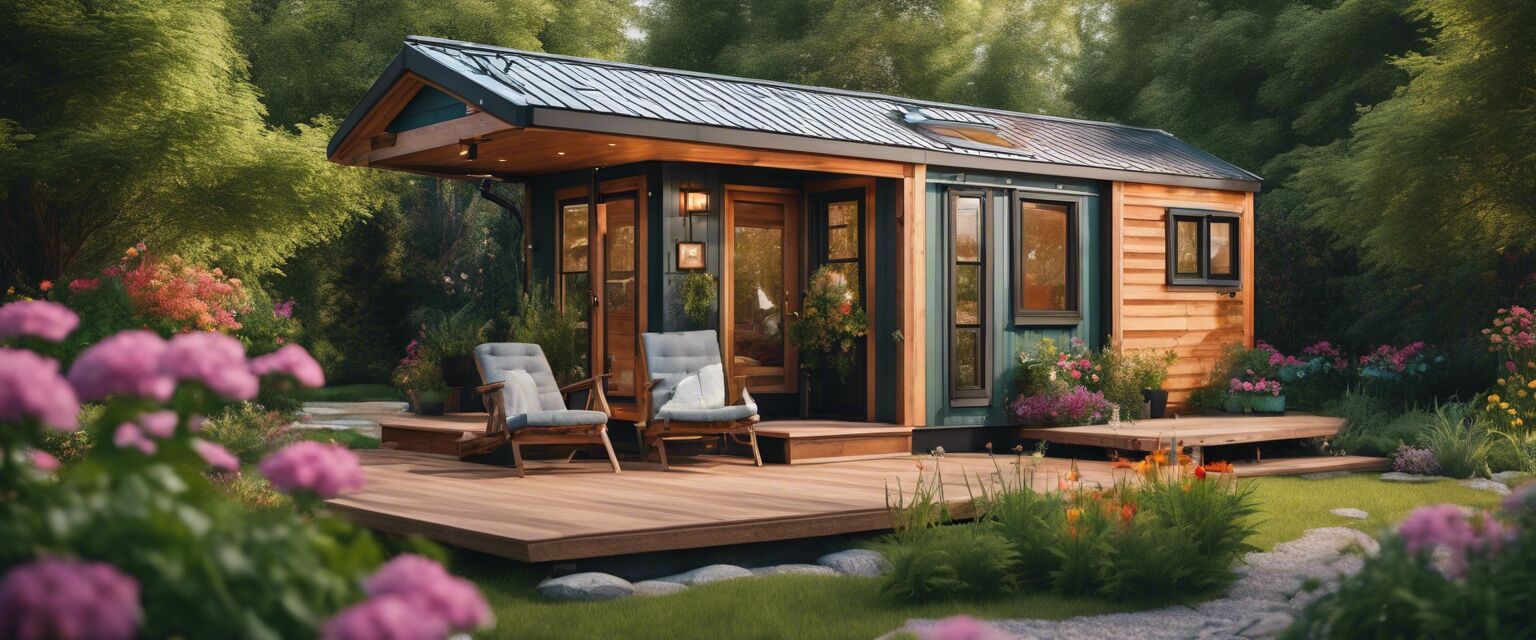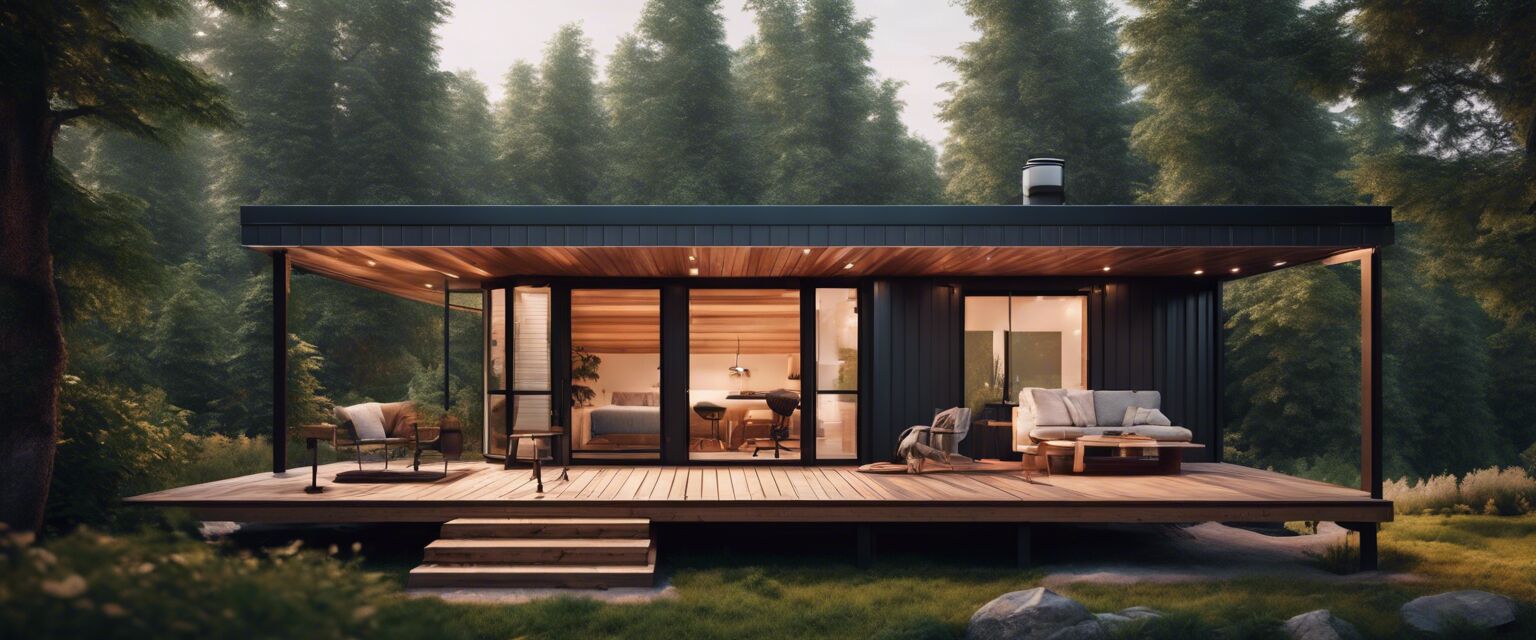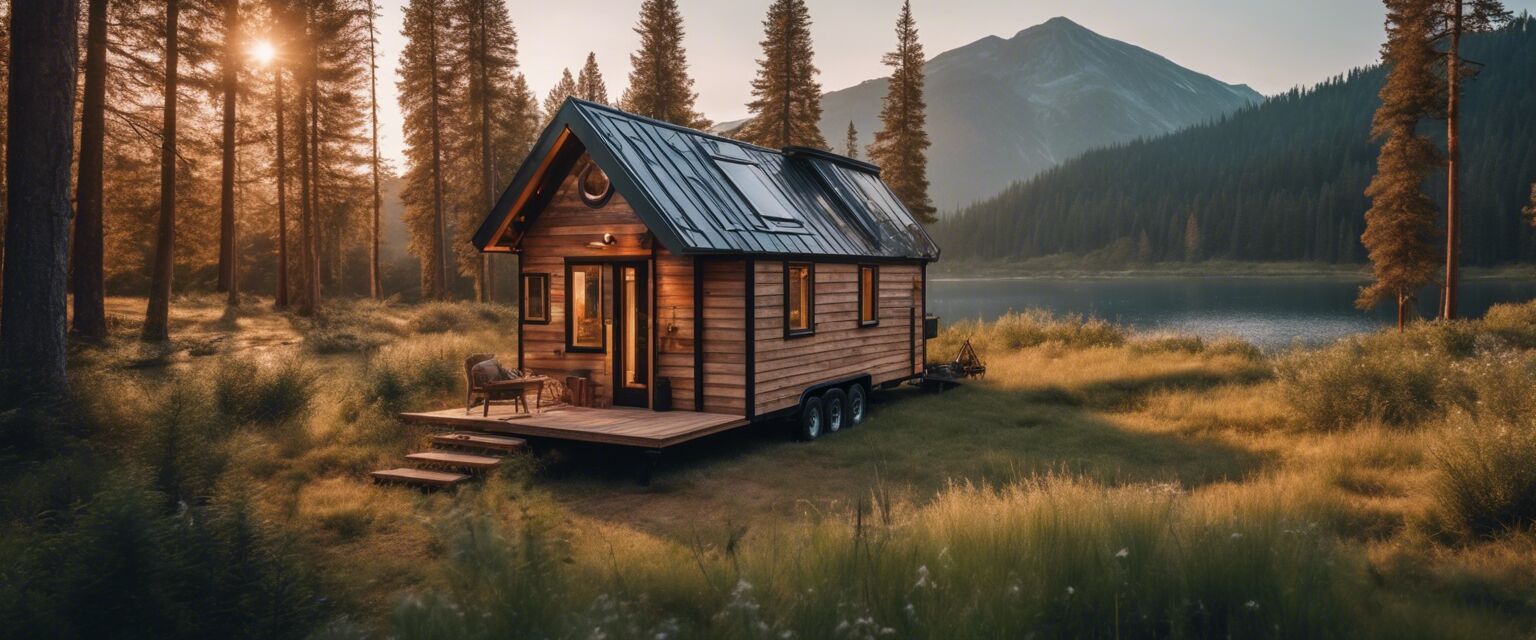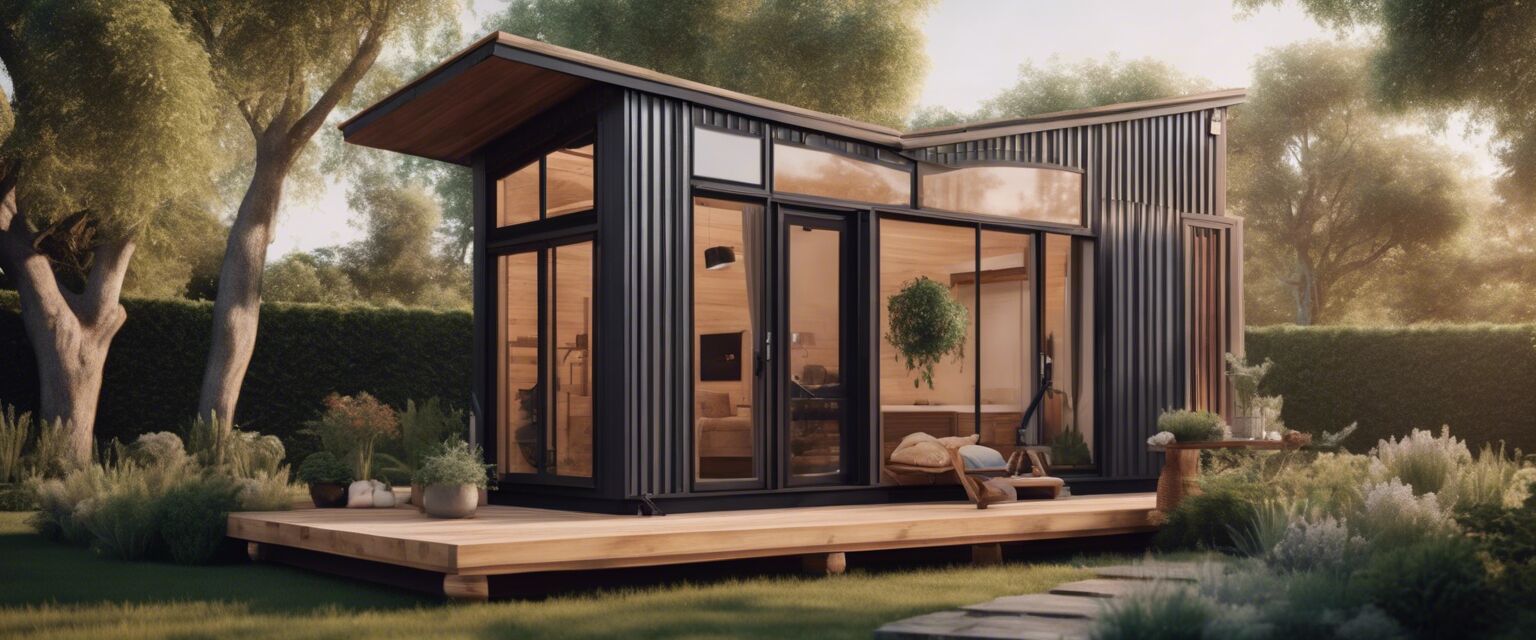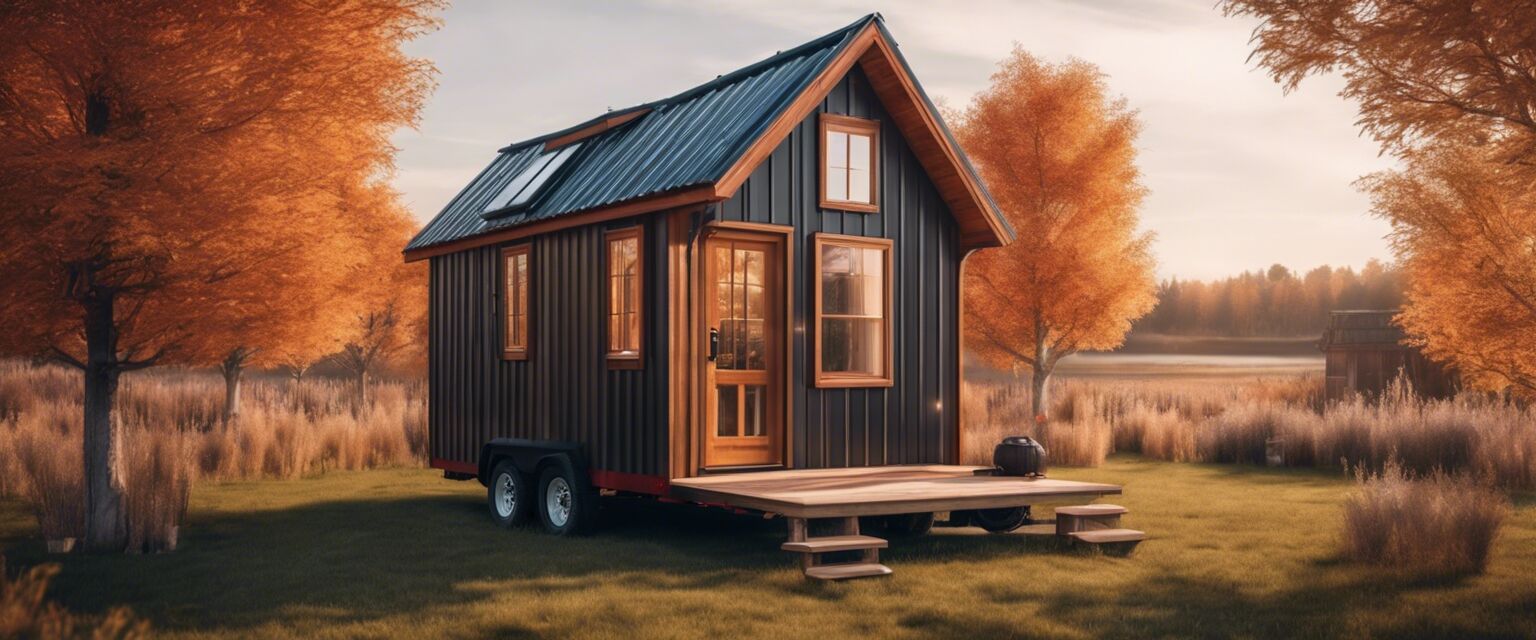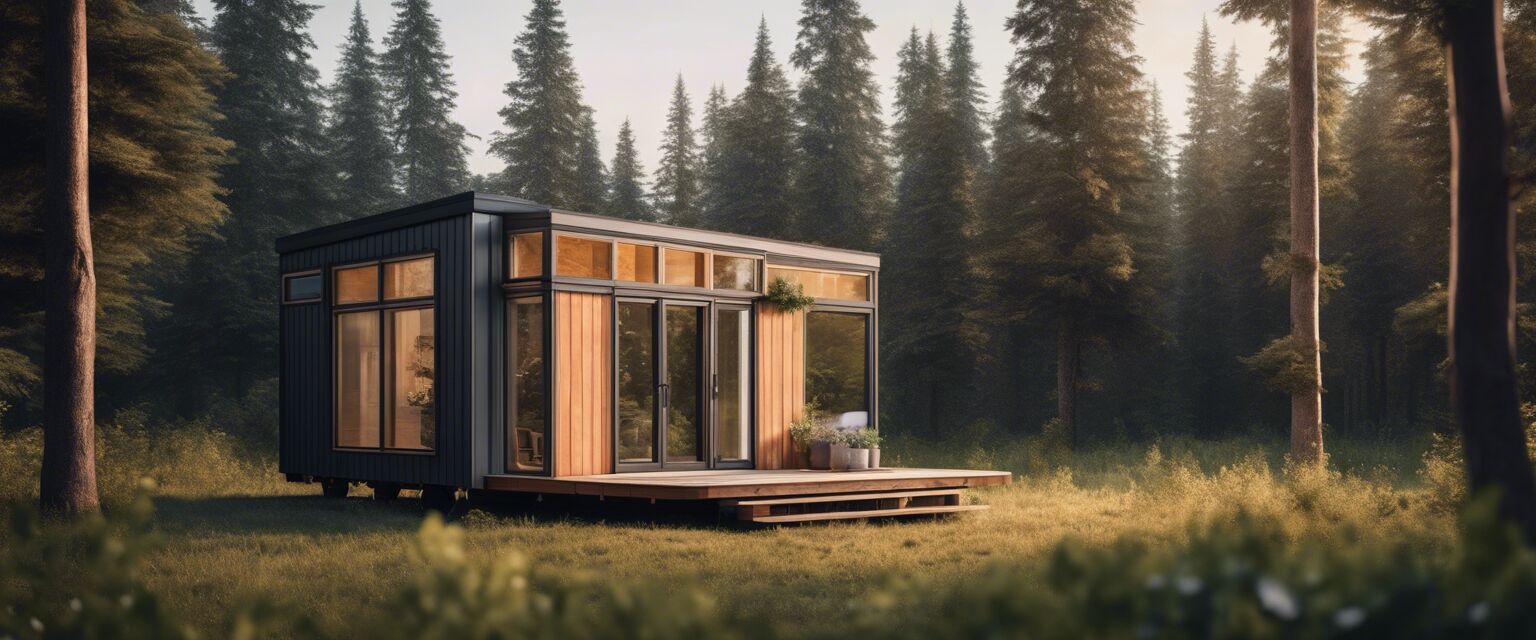
DIY Tiny House Kits
Key Takeaways
- DIY tiny house kits are affordable and customizable options for minimalist living.
- Building your own tiny house can be a rewarding experience, offering flexibility in design.
- Research is crucial to find reputable suppliers and understand building regulations.
- Consider factors such as materials, size, and off-grid options before purchasing.
Are you tired of the hustle and bustle of urban life? Dreaming of a simpler existence? DIY tiny house kits offer an appealing solution for anyone looking to embrace minimalism while saving on costs. This comprehensive guide will delve into the benefits, considerations, and steps for purchasing and building your own DIY tiny house kit.
What are DIY Tiny House Kits?
DIY tiny house kits are pre-packaged sets of materials and instructions for building a tiny house from scratch. These kits typically include everything needed, from the frame to roofing and siding, allowing individuals to customize their homes while maintaining control over costs and design.
Benefits of DIY Tiny House Kits
- Cost-effective: Building your own tiny house can save you thousands compared to hiring a contractor.
- Flexible designs: Most kits allow for customization, ensuring your home meets your personal needs.
- Hands-on experience: Engaging in the building process can be significantly rewarding.
- Eco-friendly options: Many kits use sustainable materials, making them an excellent choice for environmentally-conscious builders.
Factors to Consider Before Purchasing
| Factor | Description |
|---|---|
| Budget | Establish a clear budget, including potential additional costs for tools and permits. |
| Space | Assess your land space to ensure legality and suitability for your tiny house. |
| Design | Choose a design that best fits your lifestyle and needs. |
| Local Regulations | Research local building codes to ensure compliance with zoning regulations. |
| Materials | Select a kit with high-quality and sustainable materials. |
Building Your Tiny House
Step-by-Step Guide
- Plan and Design: Create a blueprint that reflects your desired layout.
- Acquire Permits: Contact local authorities to ensure you have necessary permits.
- Order Your Kit: Purchase your selected DIY tiny house kit from a reliable supplier.
- Prepare Your Site: Clear and level the land where the tiny house will be built.
- Assemble the Kit: Follow the instructions carefully, ensuring each step is completed correctly.
- Personalize Your Space: Add your own touches to make the tiny house truly yours.
Popular Types of DIY Tiny House Kits
DIY Tiny House Kits can vary greatly in design and purpose. Here are some popular options:| Type | Description | Best For |
|---|---|---|
| Eco-Friendly Kits | Made from sustainable materials and designed to have a minimal environmental impact. | Environmentally-conscious buyers |
| Luxury Kits | High-end designs with premium materials and finishes. | Those looking for upscale living |
| Modular Kits | Easy to assemble units that can be expanded or modified. | Buyers needing flexibility in size |
| Off-Grid Kits | Designed with self-sufficiency in mind, including solar panels and water collection systems. | Adventurous builders seeking self-sustainability |
| Minimalist Kits | Simple designs that focus on efficiency and decluttering. | Those embracing a minimalist lifestyle |
Tips for Success in Building Your Tiny House
Beginners Section
- Join online communities for advice and support.
- Start with a small project if you're inexperienced.
- Invest in quality tools for better accuracy and results.
- Take your timeâpatience is crucial in any DIY project.
Conclusion
Building a DIY tiny house kit not only allows for building your dream home but also creates a sustainable lifestyle choice. With careful planning and consideration, your journey into tiny home living can be an enriching and fulfilling experience. Start your journey today by exploring more about our featured DIY Tiny Home Kits and what they offer.
Pros
- Affordable compared to traditional homes.
- Ability to personalize your living space.
- Awareness and commitment to sustainability.
- Strong sense of accomplishment.
Cons
- Can be time-consuming to build.
- Requires some level of DIY skills and tools.
- May face challenges with local building regulations.
Related Topics
Continue your research with our guides on:
- Eco-Friendly Tiny Homes
- Luxury Tiny House Kits
- Minimalist Tiny Homes
- Modular Tiny Homes
- Off-Grid Tiny Homes
